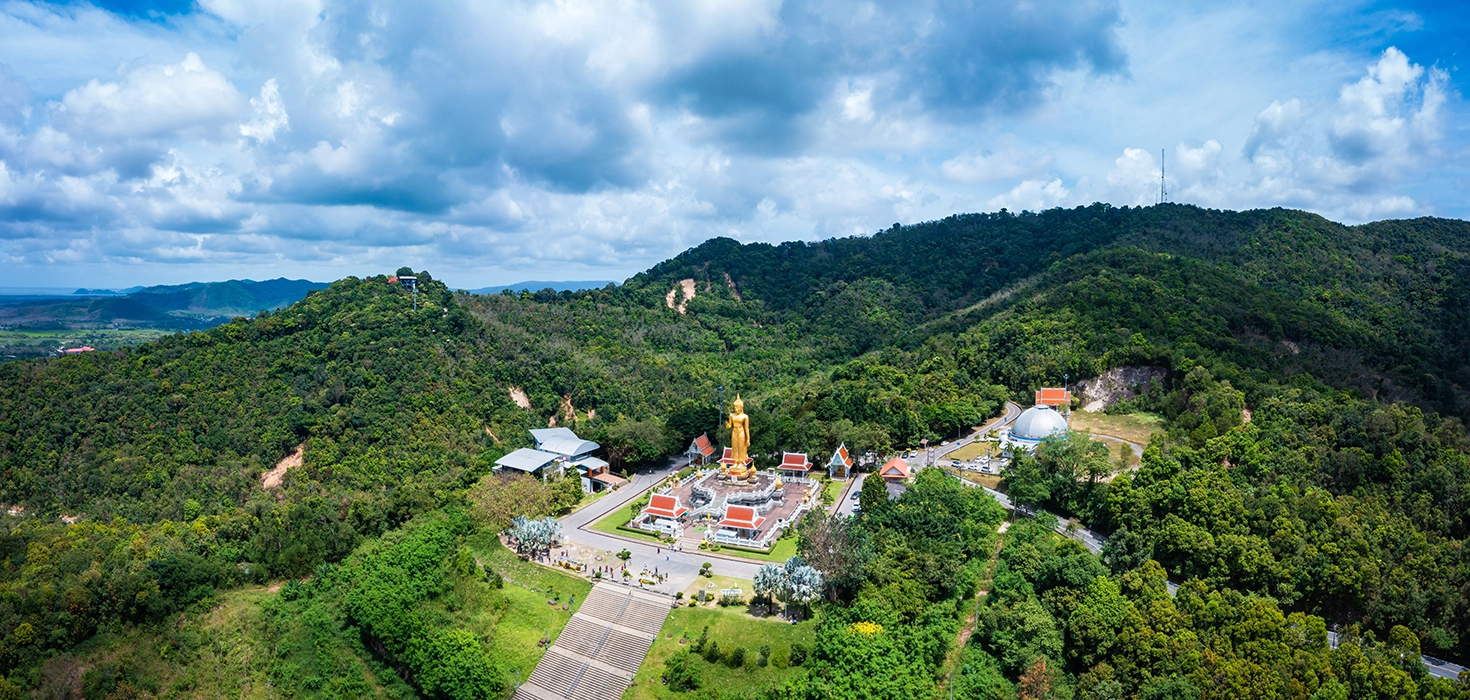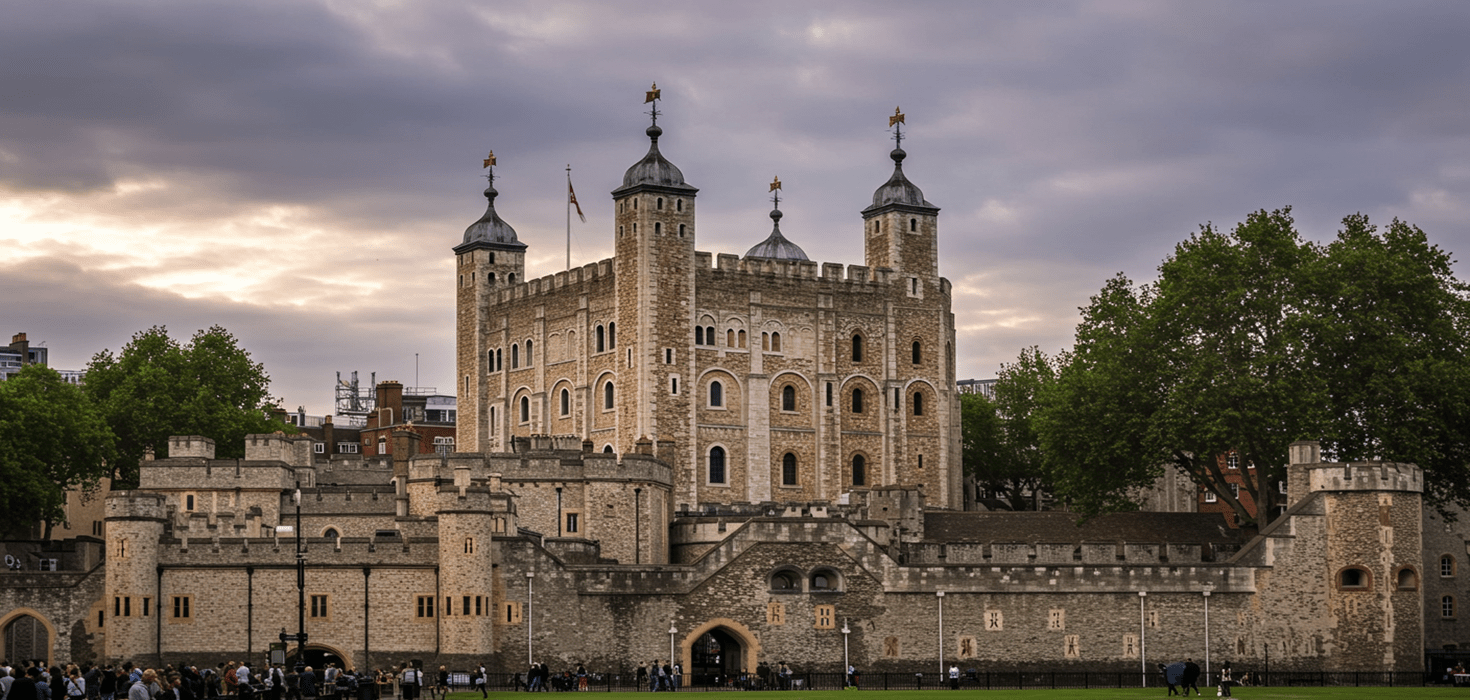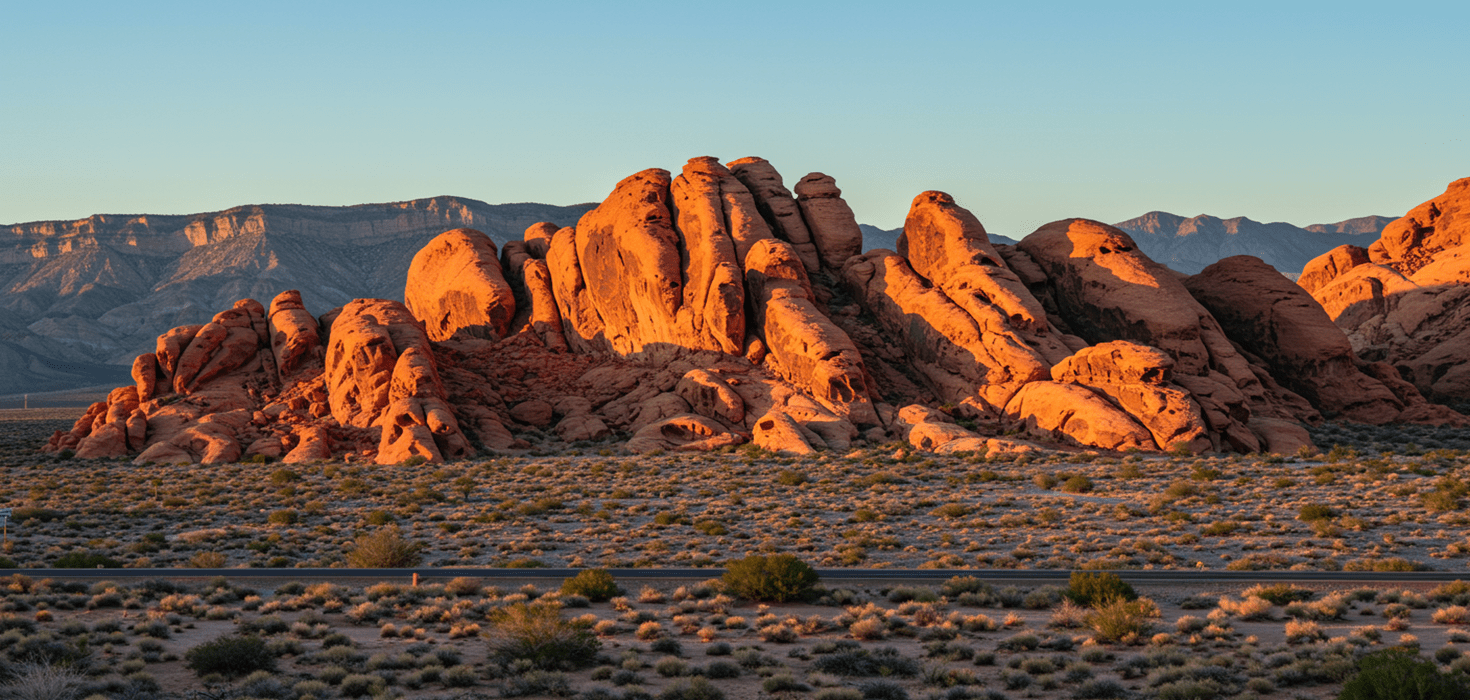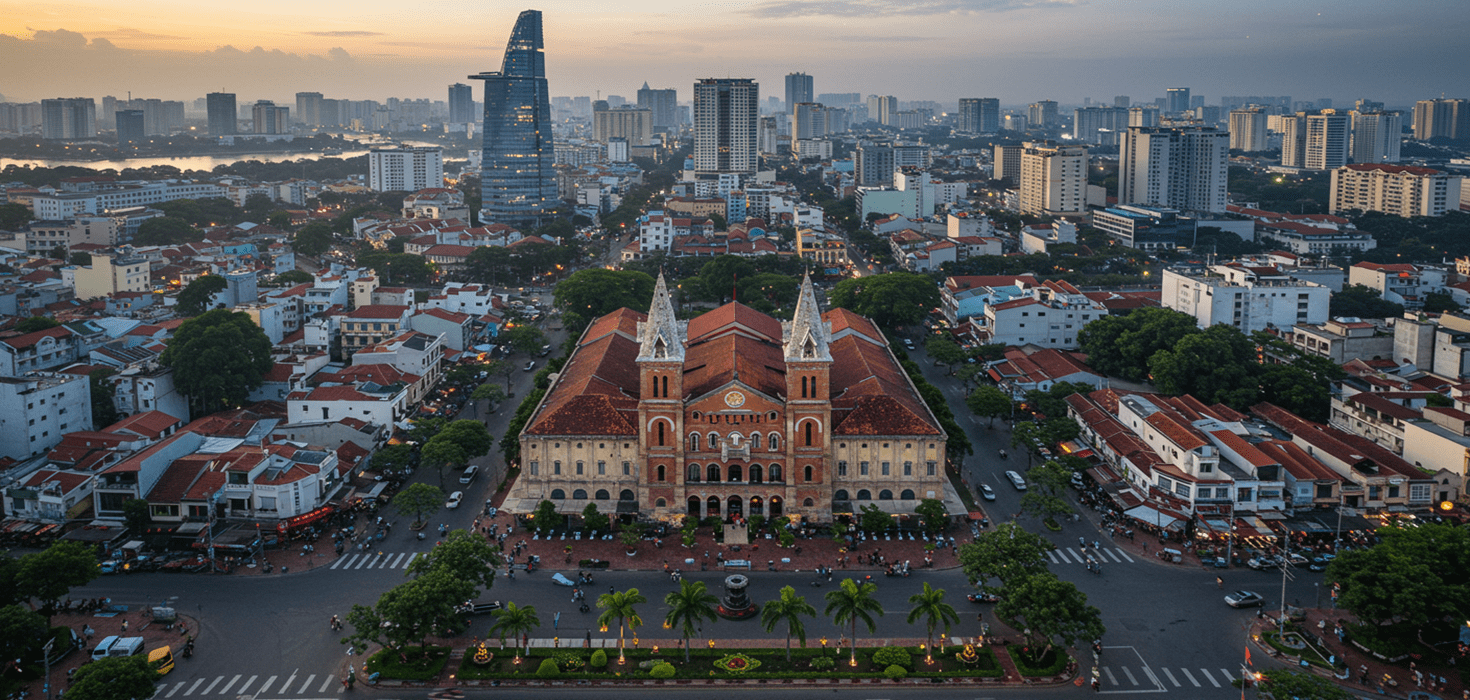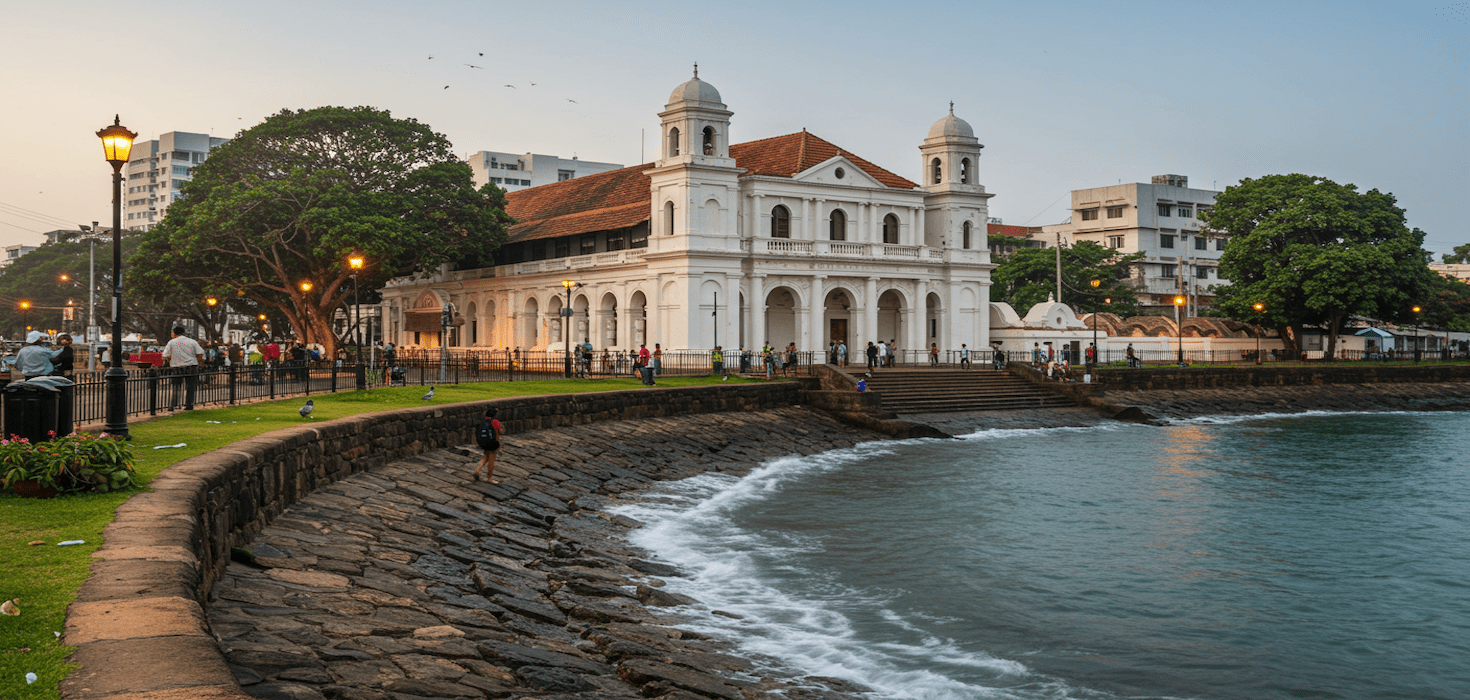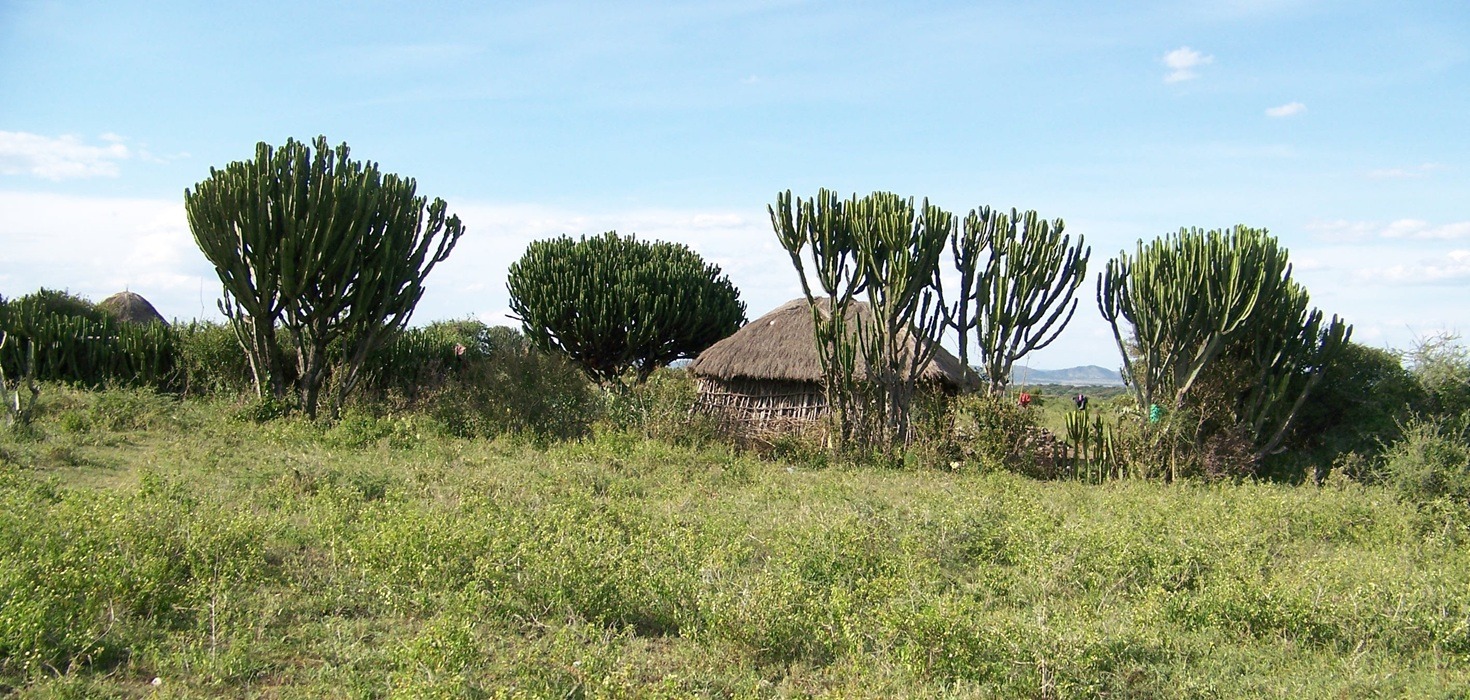Tucked away in the quiet northwest corner of Kyoto, Ryoanji Temple stands as one of Japan’s most iconic and mysterious Zen landmarks. Famous for its minimalist rock garden that continues to puzzle and inspire visitors from around the world, Ryoanji (meaning “The Temple of the Dragon at Peace”) is a UNESCO World Heritage Site and a must-see destination for anyone exploring Kyoto’s rich cultural and spiritual heritage. Whether you’re drawn by the serenity of Zen aesthetics, the historic depth of Kyoto’s temples, or simply looking for a peaceful break from the bustling city, Ryoanji offers a profound experience.
In this article, we’ll dive into everything you need to know before visiting Ryoanji Temple. You’ll discover the fascinating history behind this 15th-century temple, learn about the enigmatic rock garden that has sparked centuries of contemplation, and explore the peaceful temple grounds surrounding the main hall and Kyoyochi Pond. We’ll also cover practical details, including Ryoanji Temple’s hours of operation and admission fees, so you can plan your visit with ease. For those navigating Kyoto’s public transport system, we’ll explain how to get to Ryoanji Temple with simple step-by-step directions. And once you’ve soaked in the tranquil atmosphere, we’ll point out nearby sightseeing spots that pair perfectly with a trip to Ryoanji.
Whether you’re a first-time visitor or a returning traveler seeking a deeper connection, this guide will help you make the most of your visit to Ryoanji Temple.
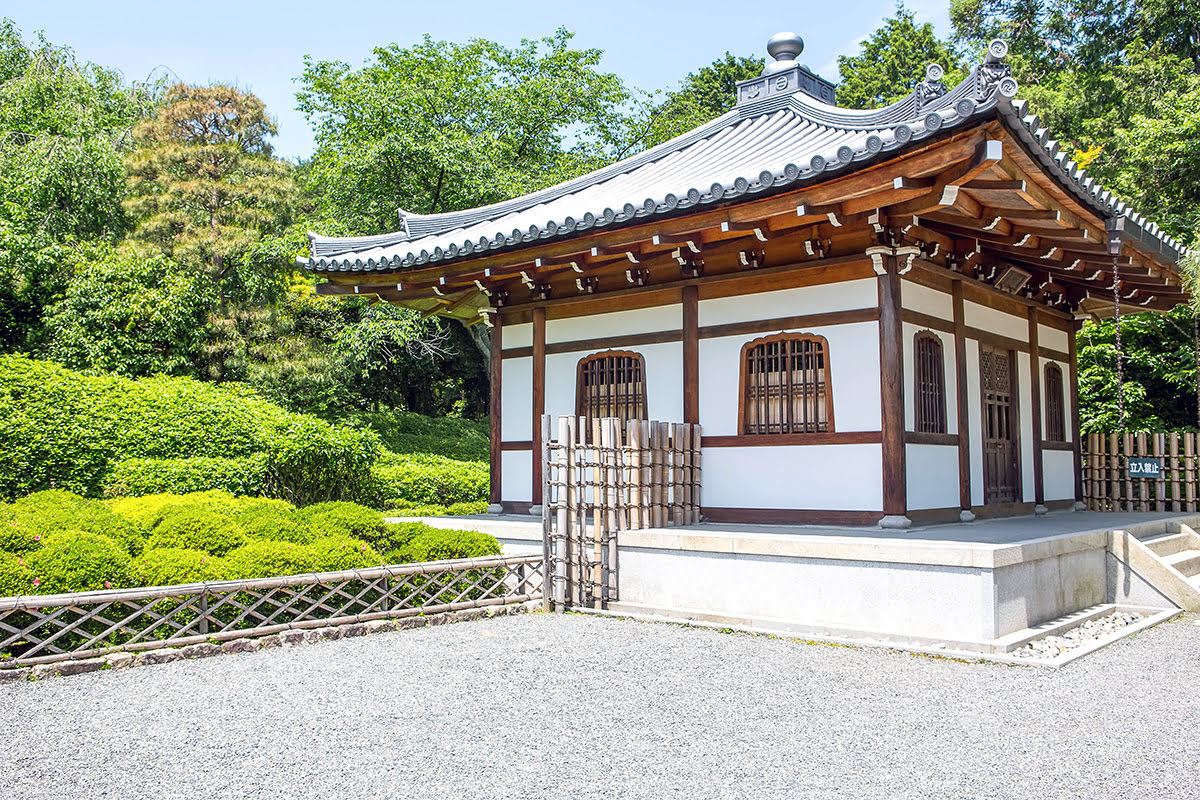
Ryoanji Temple history
The site where Ryoanji Temple sits today dates back to the 11th century when it served as an estate of the Fujiwara Clan. The temple itself was established in 1450 by a powerful deputy named Hosokawa Katsumoto. The original temple was destroyed in a fire just two decades later, but it was rebuilt in 1488 by Hosokawa Matsumoto, Katsumoto’s son. Sources conflict about when the temple garden was built. Some suggest a construction date near the end of the 15th century and others a date during the 16th century or even the 17th century. Another fire in 1797 destroyed the temple and the garden, and so both were rebuilt together at the end of the 18th century.

Ryoanji Temple rock garden
The main highlight of Ryoanji Temple is, of course, the famous rock garden. There is a viewing platform located on the veranda of the Hojo, the former residence of the temple’s main priest. The garden covers a rectangular area of 248 square meters (2,670 square feet). It is filled with white gravel that is raked by the monks each day, leaving a linear pattern. There are also 15 larger, moss-covered stones placed throughout the garden, divided into five distinct groups. The space is enclosed by a six-foot-tall, oil-earthen wall that enhances its beauty even further.
Though the garden is slightly slanted to allow for proper water drainage, it gives the illusion of being perfectly level. The western wall is also slanted in a way that gives the garden a sense of greater depth. Another interesting facet of the temple’s design is that only 14 of the boulders are ever visible from any vantage point. Tradition holds that you can only see all 15 stones at once after attaining enlightenment.
It is not known who designed the garden, and the meaning of the design is a much-debated point as well. Some see the large stones as a representation of a tiger leading her cubs over a stream; others propose that the garden is a depiction of mountain peaks emerging through a layer of clouds. Many also think that the original intention was simply to leave the viewer’s imagination free to form its own interpretation.

Ryoanji Temple grounds
After viewing the garden, it is highly recommended that you take a stroll around the rest of the Ryoanji Temple grounds. The grounds are particularly beautiful during the cherry blossom season but lovely to visit any time of year. Make sure you stop by the spacious garden located to the left of the temple entrance. Here, you can enjoy a walk around a pond that was constructed back to when the site was a villa for the Fujiwara clan. There is even a restaurant named Ryoanji Yudofu Umegaean where you can try some specialty Kyoto boiled tofu.
In the very back of the temple complex is a famous stone water basin into which water is continually flowing for ritual purification. The low height of the basin requires the user to bend down to use it, which is seen as a sign of humility. There are also four kanji symbols on the surface of the basin, which, when read together, remind the reader about the importance of contentment.
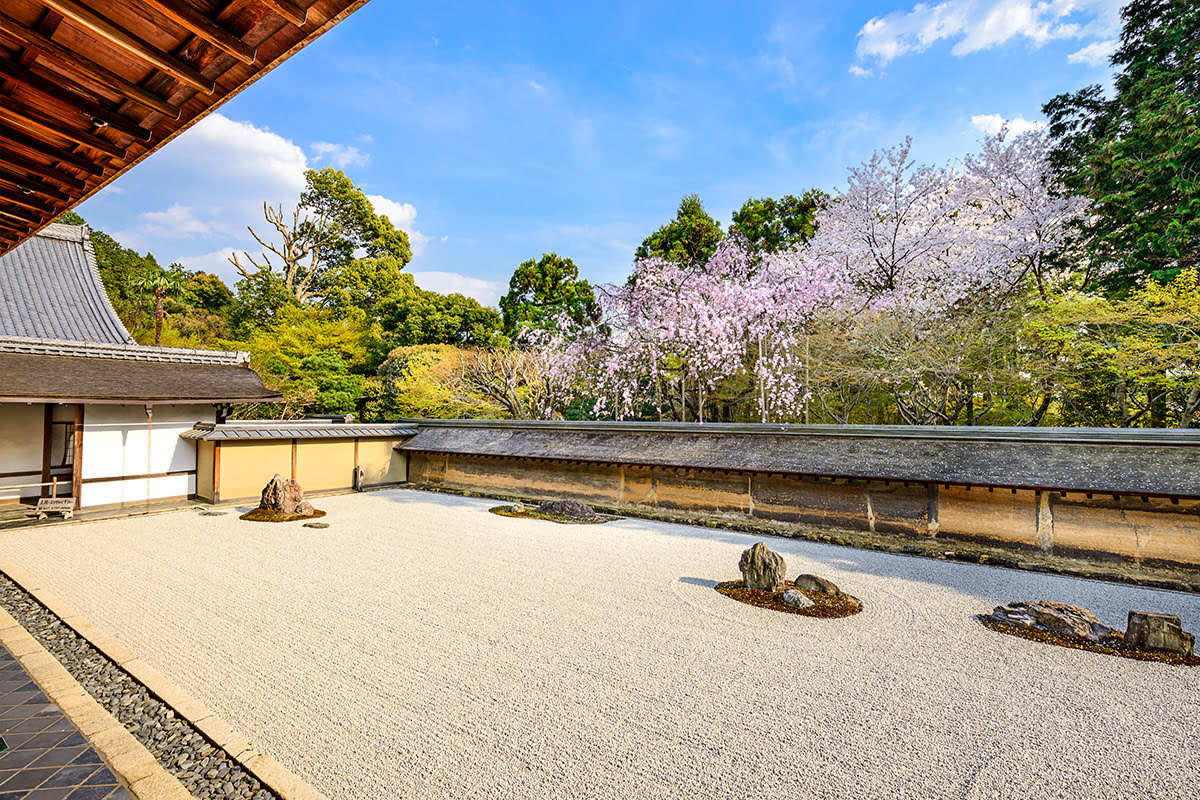
Ryoanji Temple hours & admission fee
The opening hours for Ryoanji Temple depend on the season. From March to November, the temple is open from 8 a.m. to 5 p.m. every day. From December to February, the temple is open from 8:30 a.m. to 4:30 p.m. every day.
Admission to the temple is just 500 yen for adults and 300 yen for children under 15. Tickets are purchased right at the temple.
Ryoanji Temple is quite a popular tourist site, attracting hundreds of visitors each day. If you want to avoid the crowds, then it’s best to come as early as you can in the morning.
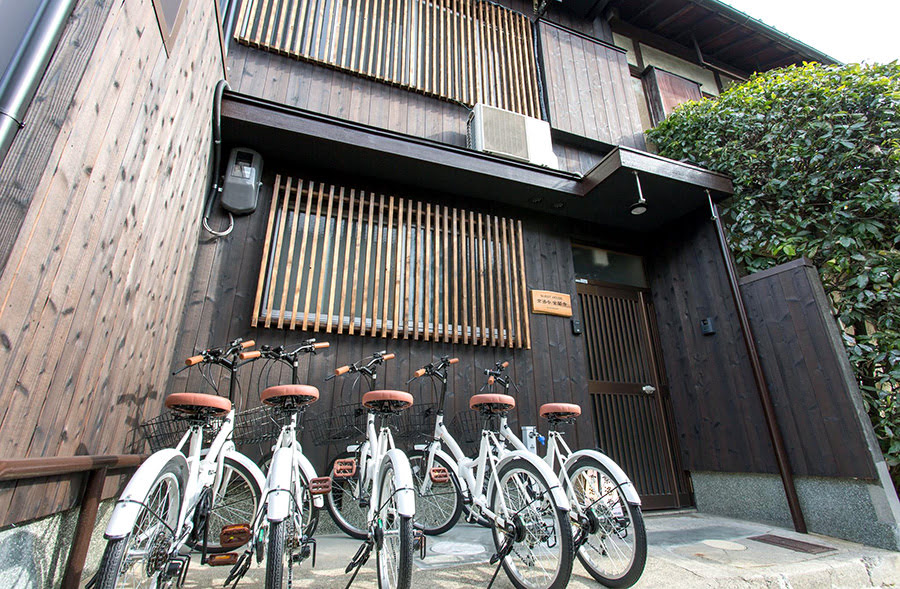
FIND & BOOK A HOTEL IN KYOTO TODAY
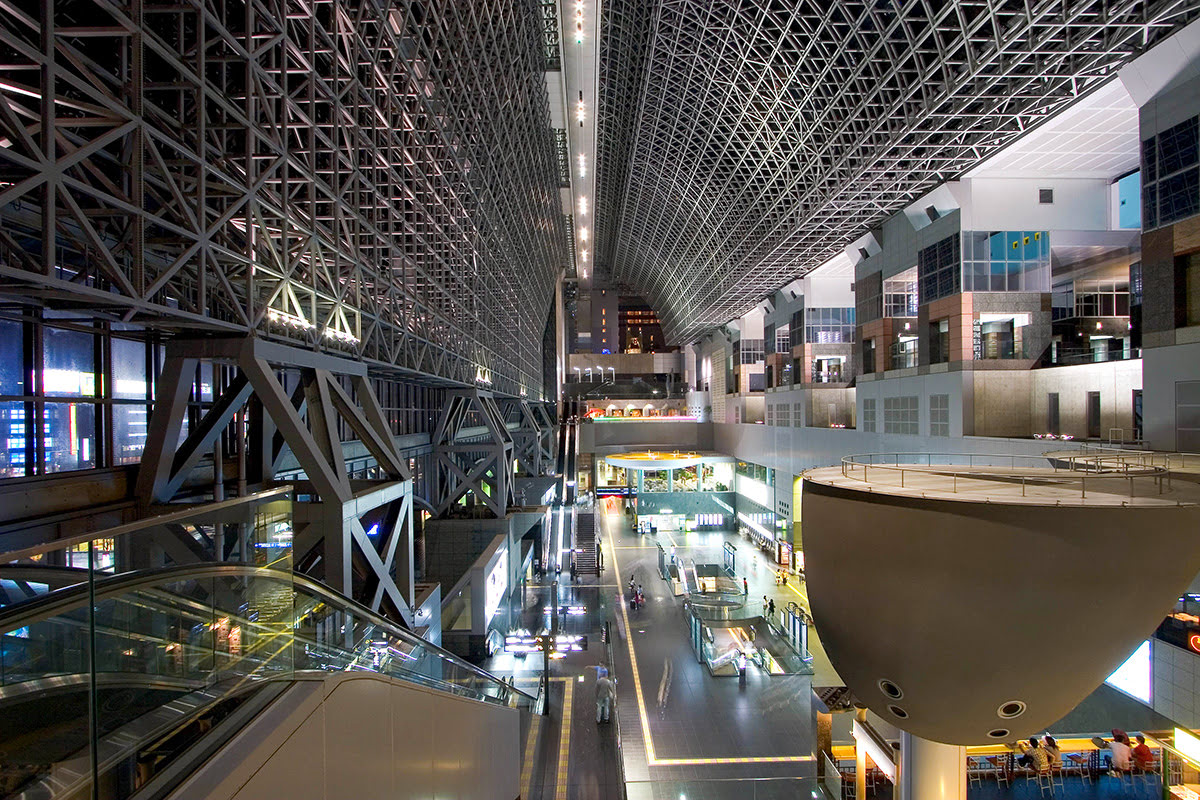
How to get to Ryoanji Temple
The easiest way to get to Ryoanji Temple is by train. Just take the Keifuku Kitano Line to Ryoanji Station and then walk about seven minutes to the temple.
Alternatively, if you are coming from Kyoto Station, you can take the Kyoto City Bus #5 and ride it for about 30 minutes to the Ritsumeikan daigaku-mae stop. From the stop, it takes about a seven-minute walk to reach the temple as well.
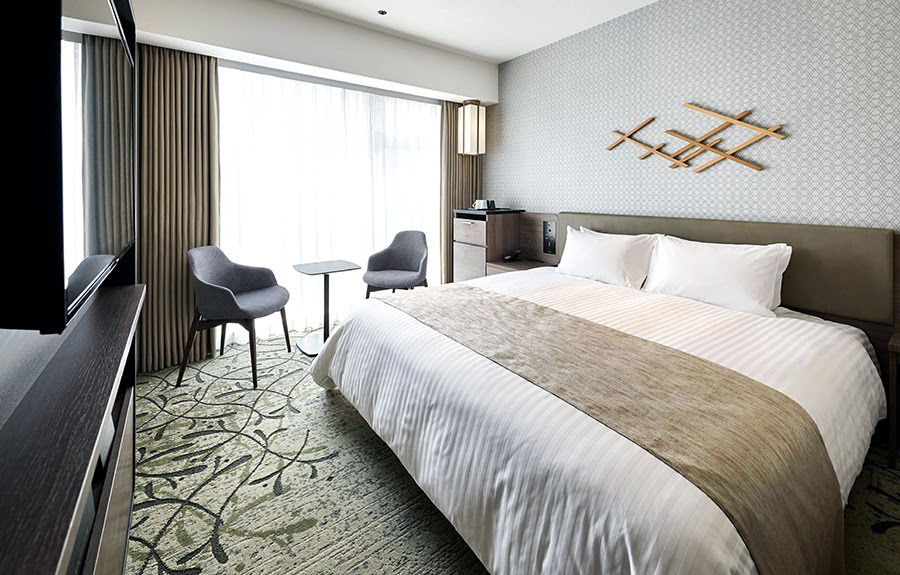
FIND & BOOK A HOTEL IN KYOTO TODAY
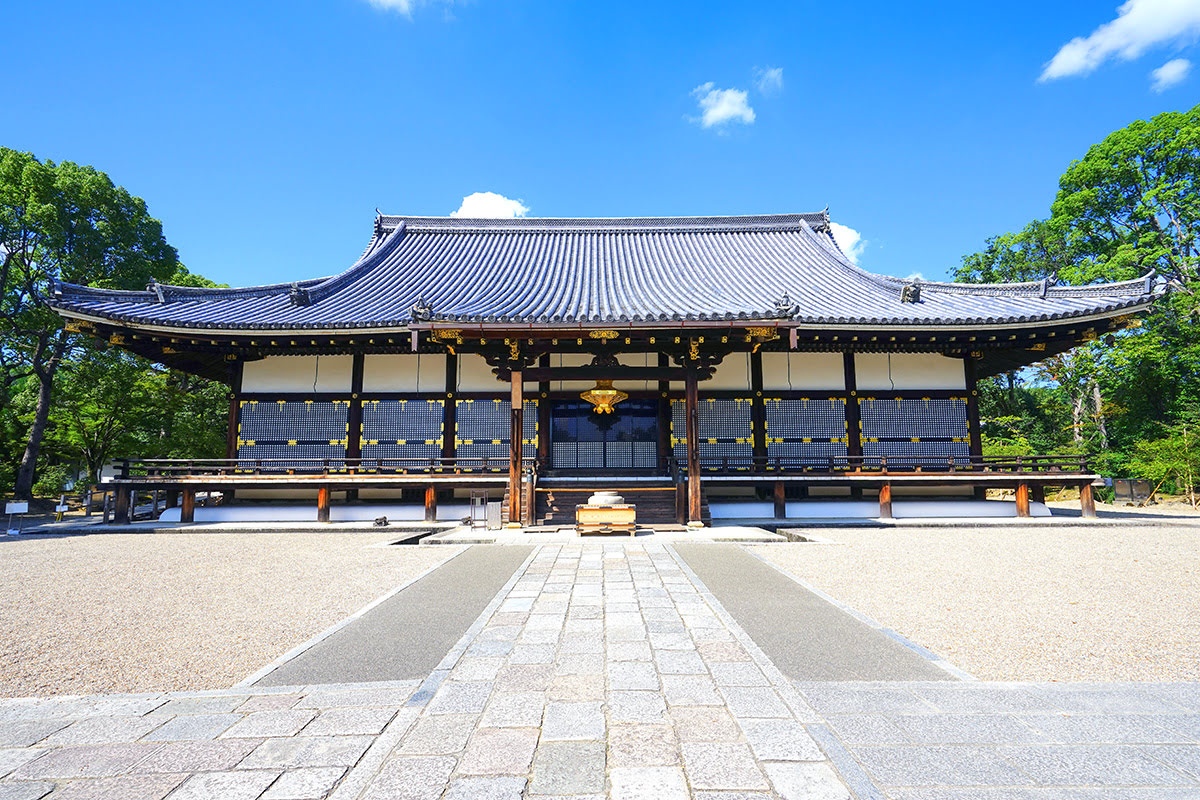
Sightseeing around Ryoanji Temple
Ryoanji Temple is situated close to several other temples that are also well worth seeing. Many tourists make a half-day temple-viewing trip out of their visit to the area. Some of the nearby temples that you should check out include Ninnaji Temple, Tojiin Temple, Kinkakuji Temple, and Tenporinji Temple. It’s a great chance to take in many of Kyoto’s historic sites in a short amount of time.
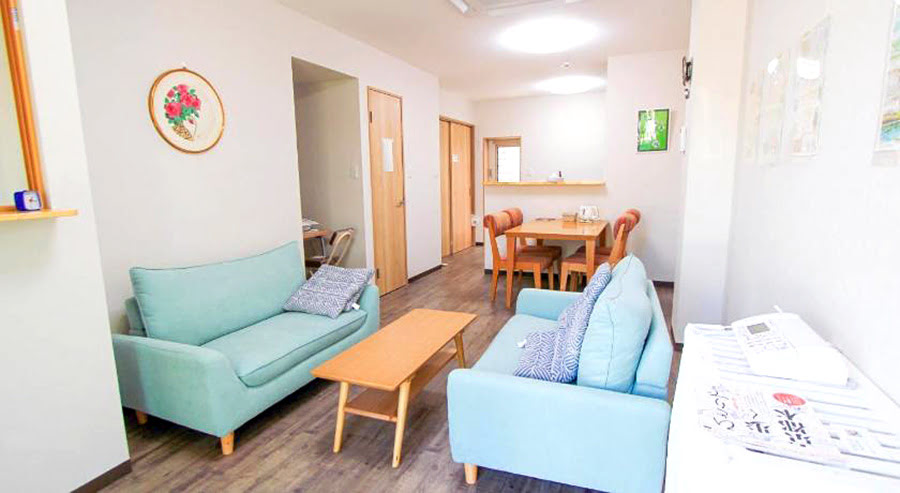
FIND & BOOK A HOTEL IN KYOTO TODAY

